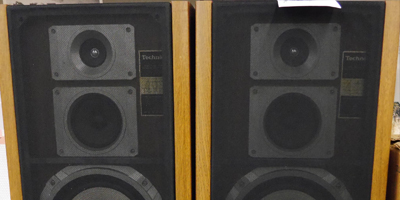Wet cleaning of vinyl records is the best way if not the only way to really get them clean and to get them free of static electricity.
A mild household window cleaner does a nice job because it has all of the necessary chemical components to get your records clean. Let’s call that product “Windex” for simplicity, although not all Windex –like products are suitable.
I prefer to recommend the Vinegar based cleaners rather than the alcohol or ammonia based products as there is a commonly held suspicion that alcohol and ammonia can cause long term damage to vinyl (although I have never seen evidence of that).
Window cleaning solutions contain a surfactant, which is a chemical agent that breaks “surface tension” and allows the solution to really get down into the bottom of the grooves and therefore removes more dirt.
While many of the commercially available record cleaning solutions probably do a good job, it’s likely that they’re no better than a bottle of Windex… yet they cost a lot more!
 Sign Up For Our Newsletter
Sign Up For Our Newsletter






























Found it. Just what I thought. Thank you.
Sure wish I had read this page years ago, I have a small investment into cleaning fluid, at least 10 gallons over the years. Like the sight and like the info provided
Yes, the cleaning brush is called a record ‘preener’. We sell them at our stores for $14.99.
Someone recently recomended Novus 1 for record cleaning. Is anyone familiar with it? I realize it’s basically a plastic shine solution and not recomended for records any more than WD-40 which people have also been known to use.